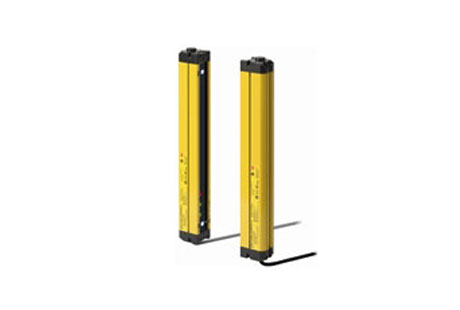What Is Safety Category B?
Key Takeaway
Safety Category B is the foundational level in machine control system design as defined by ISO 13849. This category entails a basic, single-channel circuit without any monitoring capabilities, meaning it lacks the ability to check its own operation. Consequently, a single failure in this system might prevent the safety function from operating correctly, potentially leading to unsafe conditions. Category B is typically employed in applications where the risk and complexity are lower, offering just enough protection to meet minimal safety requirements without additional redundancy or fault detection features.

Overview of Safety Category B
Safety Category B is fundamental in machine safety, serving as the baseline for designing control systems that ensure basic operational safety. This category is defined by its simplicity and reliance on single-channel safety circuits without comprehensive monitoring or fault detection features. It primarily uses well-proven safety components to mitigate accidents, making it suitable for environments where the risk to personnel is relatively low. By focusing on fundamental safety principles, Category B systems provide a crucial safety net that helps prevent the most common types of industrial accidents.

Key Elements of Safety Category B
Key elements of Safety Category B include basic sensors and relays that directly control machinery without redundant or self-checking mechanisms. These systems are built around robust, tried-and-tested technology that is known for reliability rather than sophistication. The simplicity of Category B systems makes them cost-effective and accessible for smaller operations or machines with lower risk levels. Ensuring these systems are well-designed involves careful selection of components that comply with minimal safety requirements and are capable of shutting down equipment effectively when needed.
You May Like to Read
How to Design a System with Safety Category B
Designing a system under Safety Category B involves an understanding of the minimal safety requirements necessary to protect operators from harm. Engineers must choose reliable components that are capable of performing under expected conditions without advanced diagnostics or fault tolerance. The design process should focus on creating a straightforward, fail-safe mechanism that activates when specific dangerous conditions are detected. These systems should be easy to install and maintain, providing effective protection without the complexity of higher safety categories.
Implementing Safety Category B in Industrial Settings
Implementing Safety Category B in an industrial setting typically involves standard safety practices that do not require complex programming or configuration. The focus is on ensuring that the safety components are properly installed and that they function correctly each time the machine operates. Training for operators should emphasize understanding the basic functionality of the safety features and maintaining awareness of the operating conditions that could trigger the safety system. Regular maintenance checks are critical to ensure that the simple, robust components continue to provide the necessary protection.
Safety Protocols Associated with Category B
The safety protocols associated with Category B focus on ensuring that all equipment is regularly inspected and maintained to prevent failures. These protocols may include routine tests of safety functions, checks for wear and tear on mechanical components, and training for staff to understand their role in maintaining safety. Compliance with these basic protocols is essential to uphold the integrity of the safety system, ensuring that it remains effective in protecting workers from potential hazards associated with the equipment’s operation.
Conclusion
Category B is crucial for providing fundamental safety in environments where the risk level does not justify more complex systems. By adhering to well-established safety principles and using reliable components, Category B systems play an essential role in preventing accidents and ensuring the well-being of machine operators. For many industries, this level of safety is sufficient to meet legal requirements and protect employees from the most common hazards, thereby supporting smooth and safe operations.
